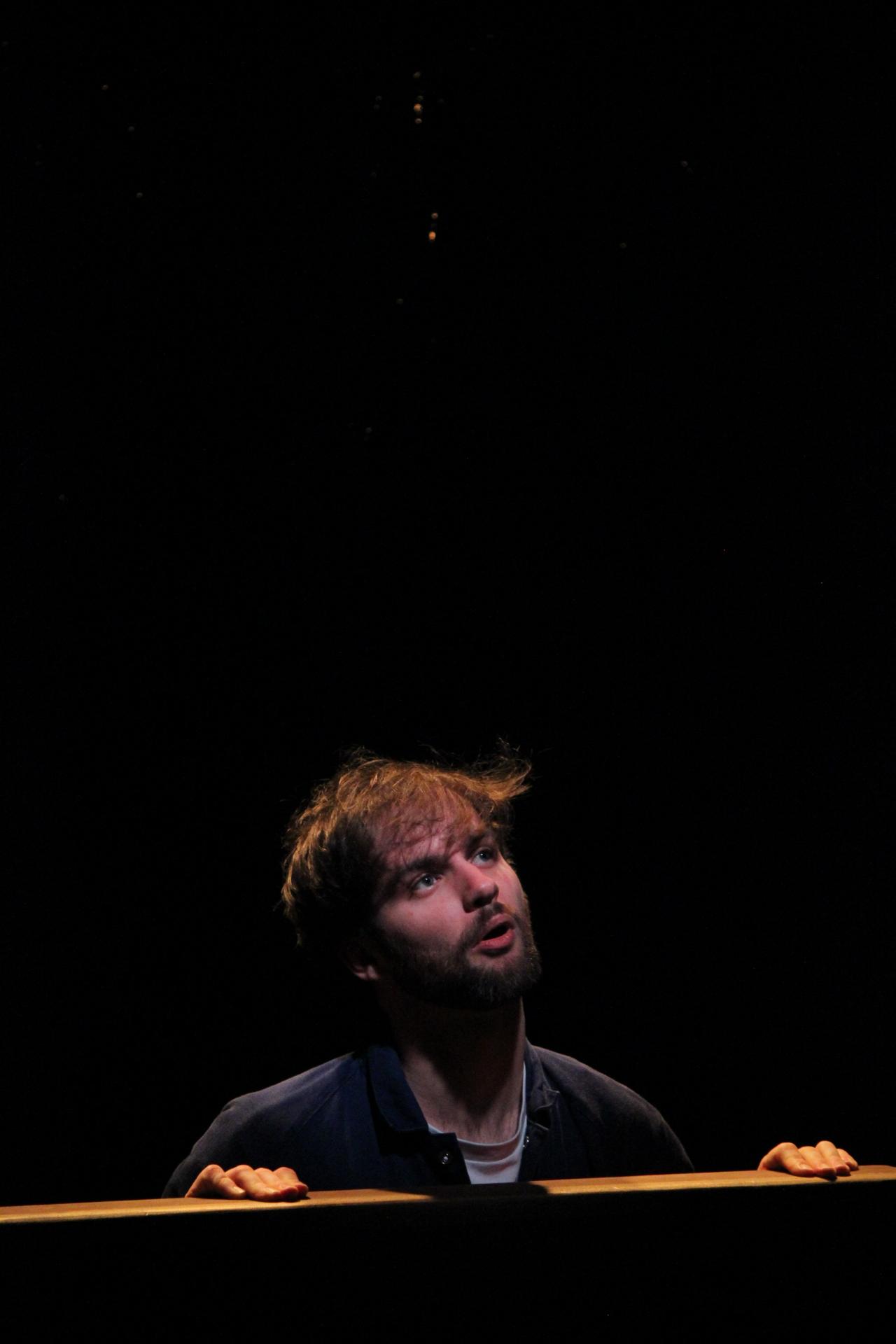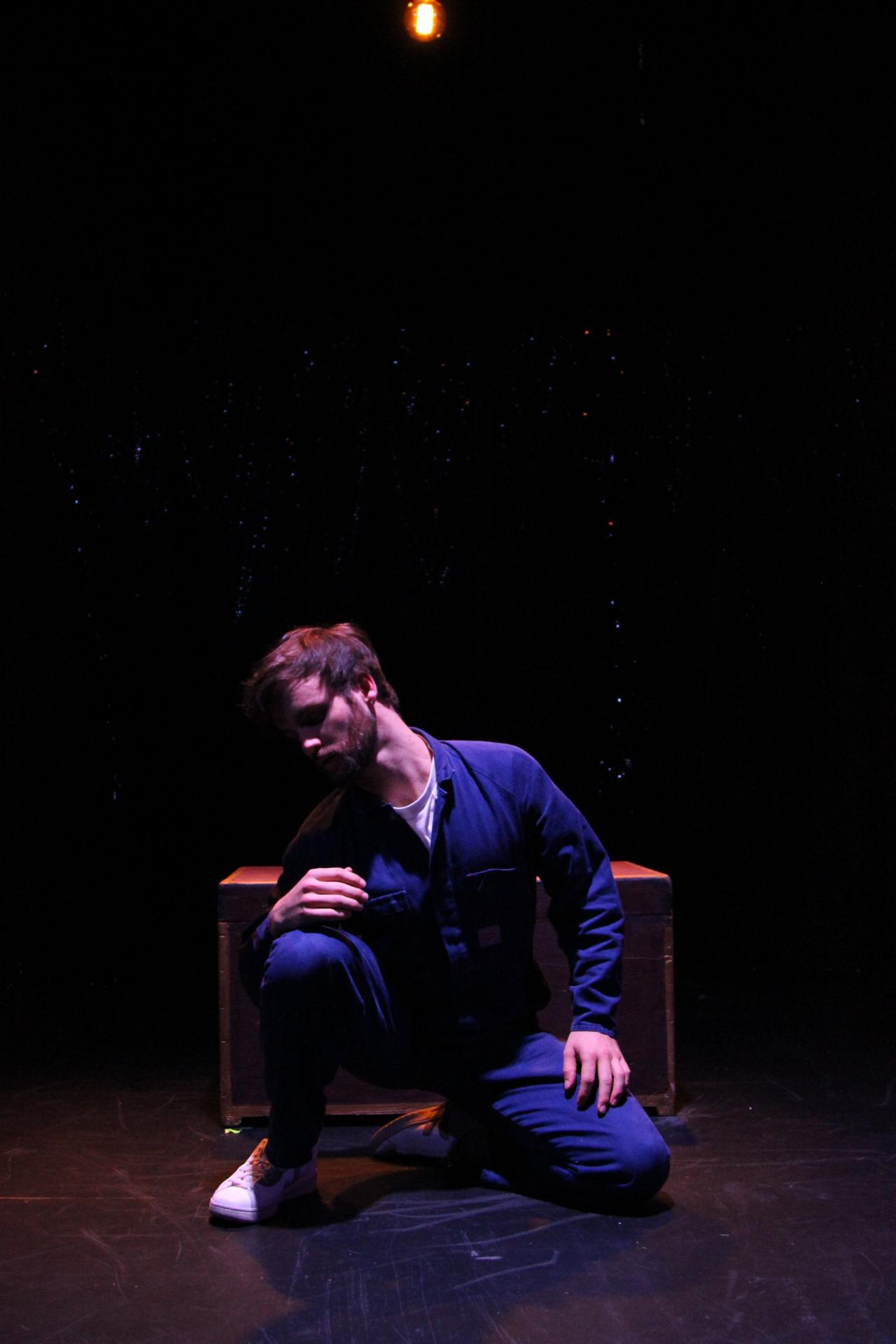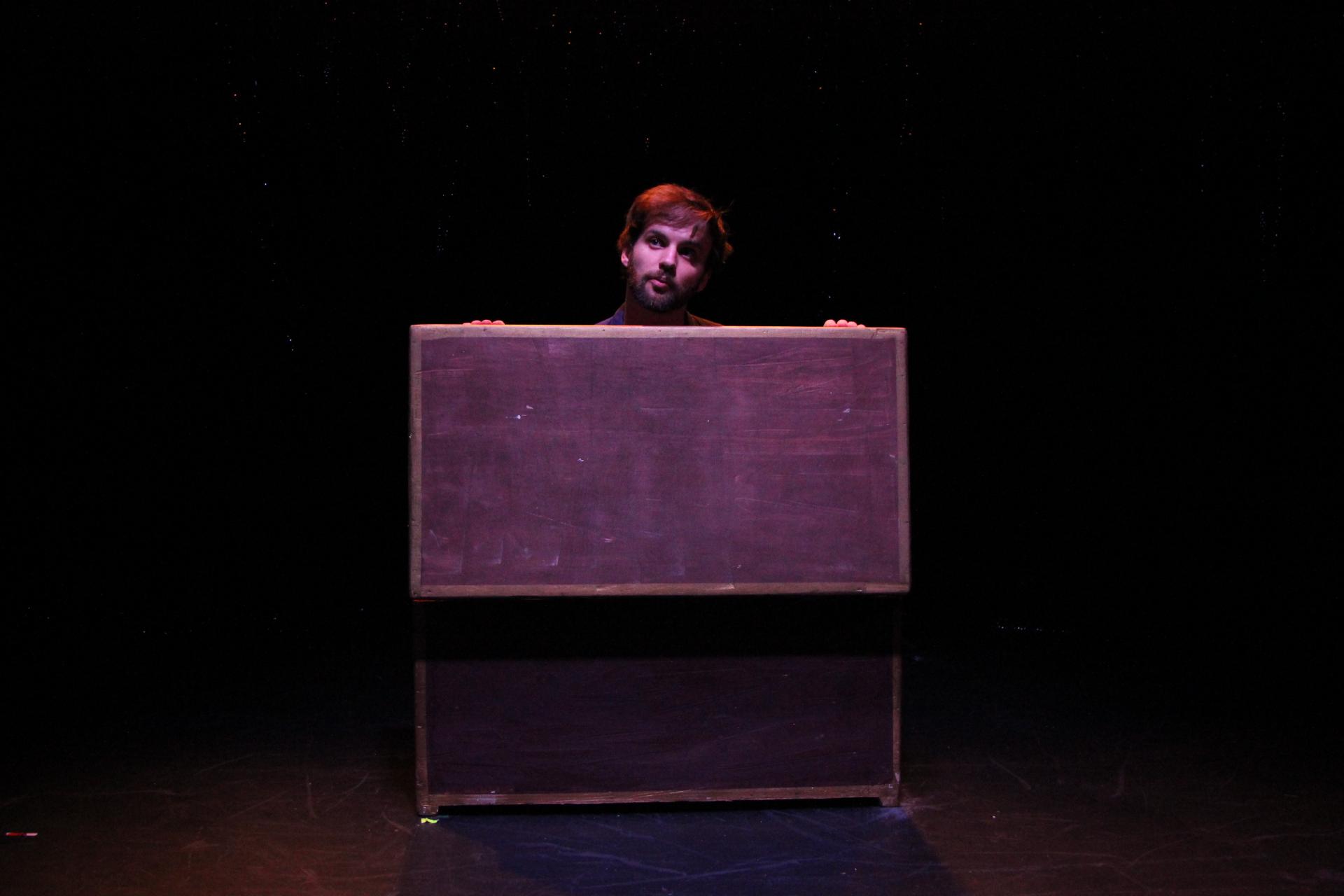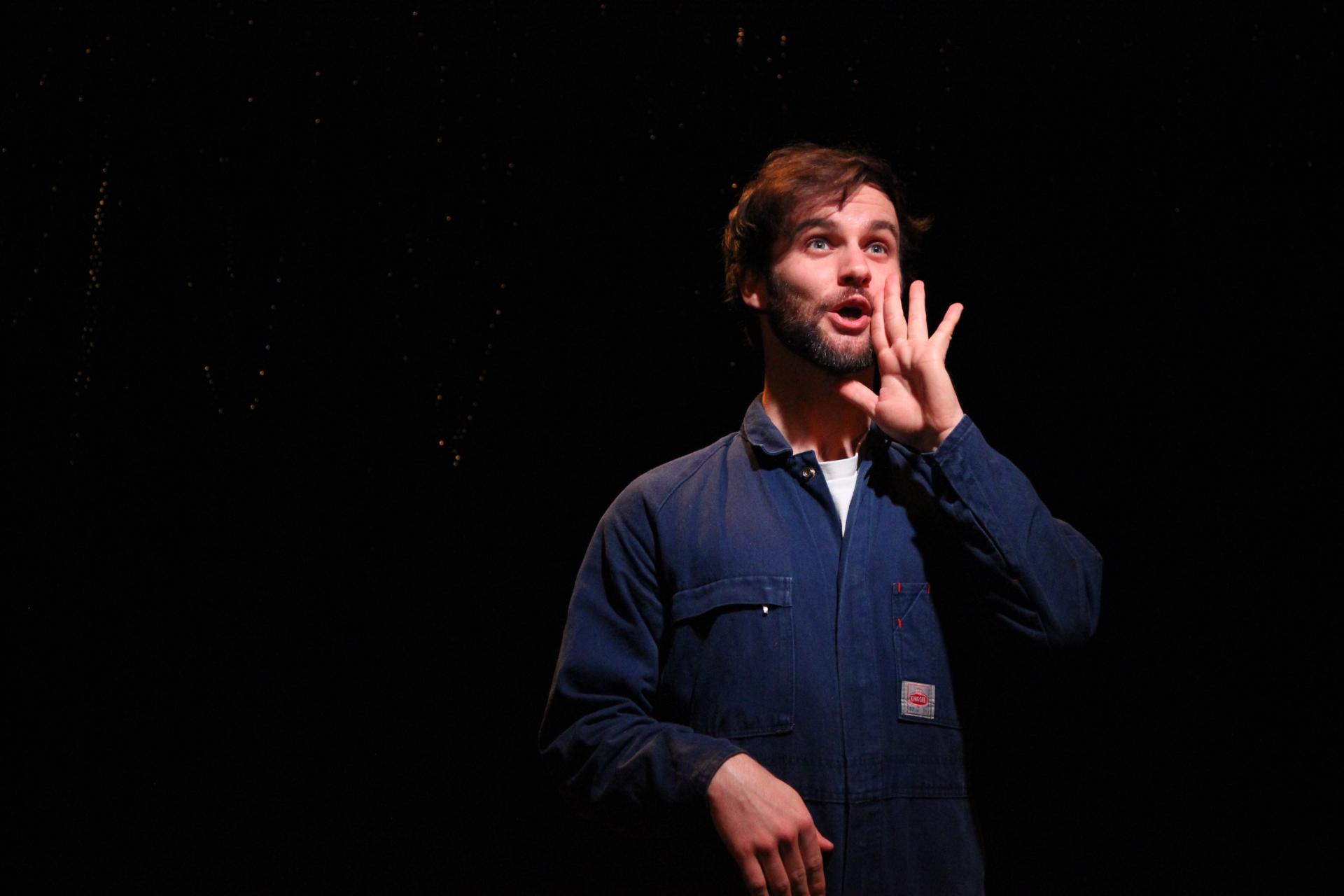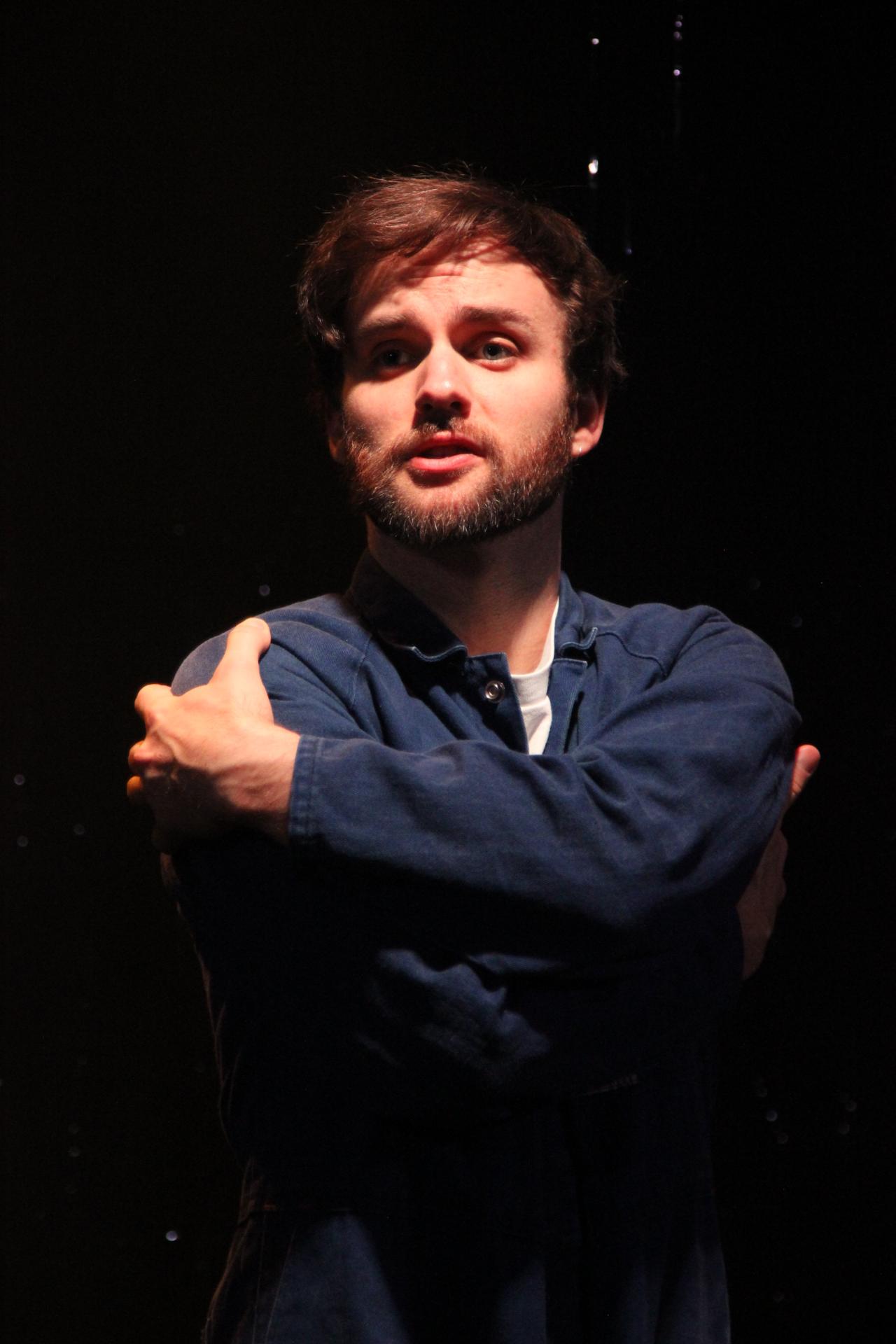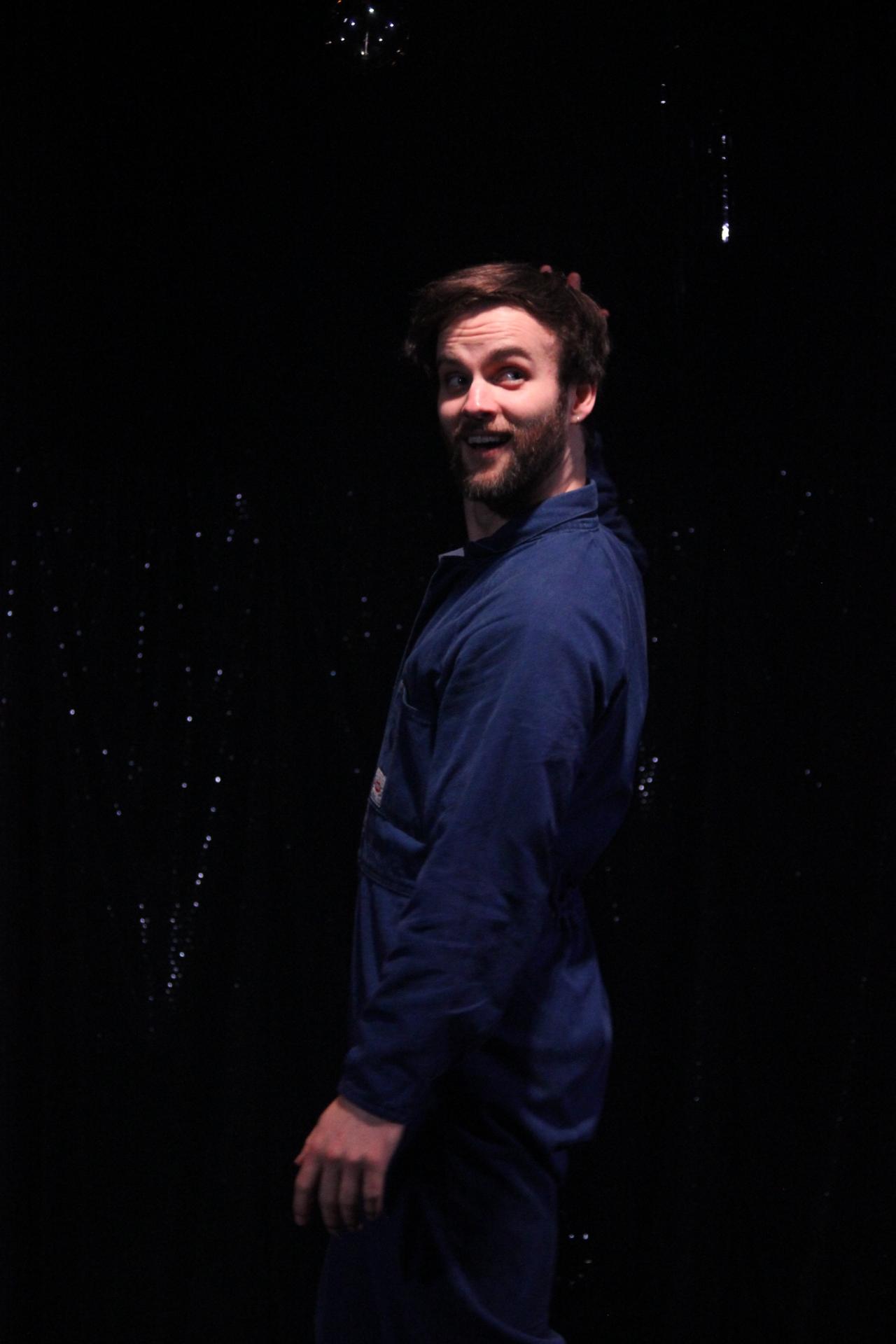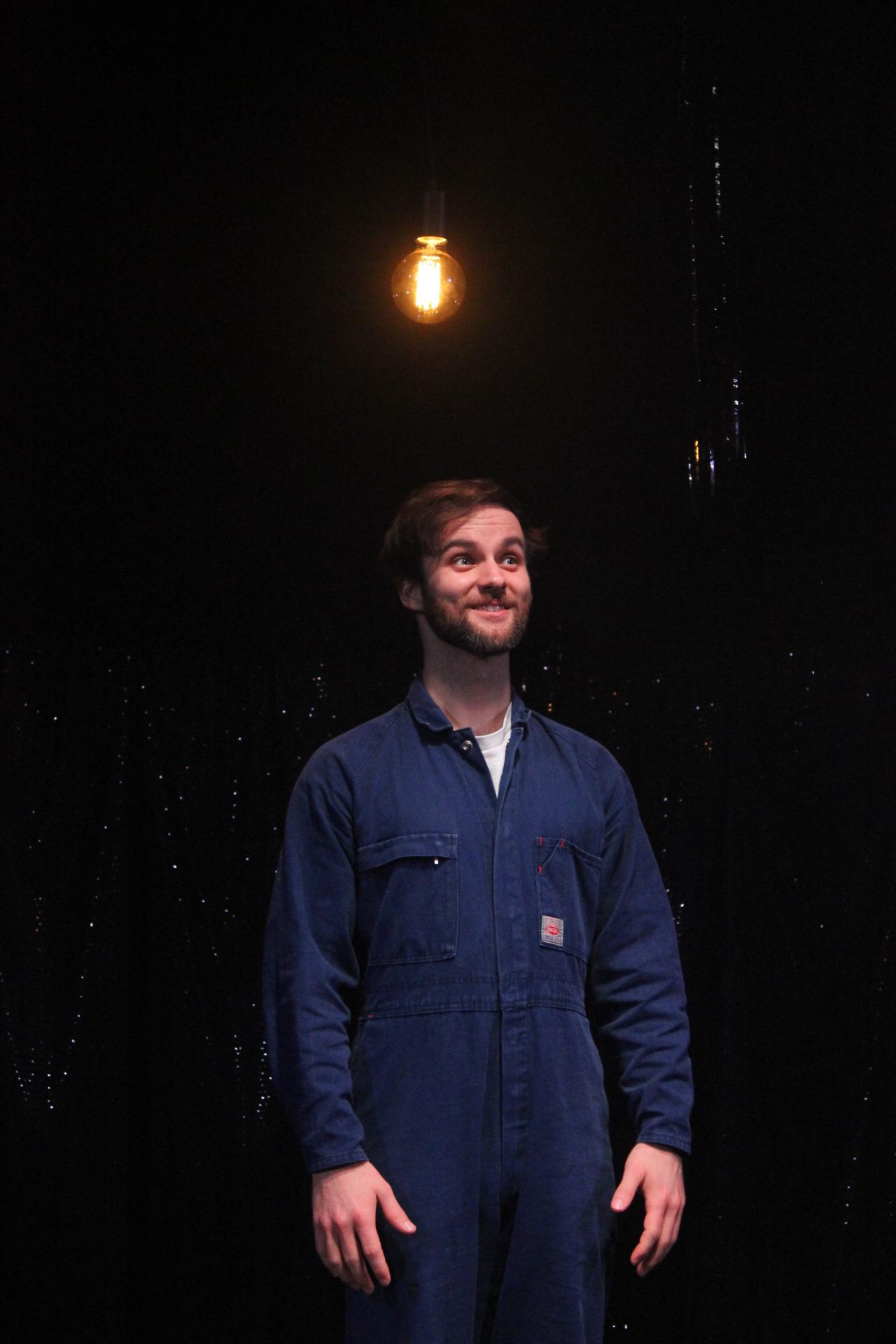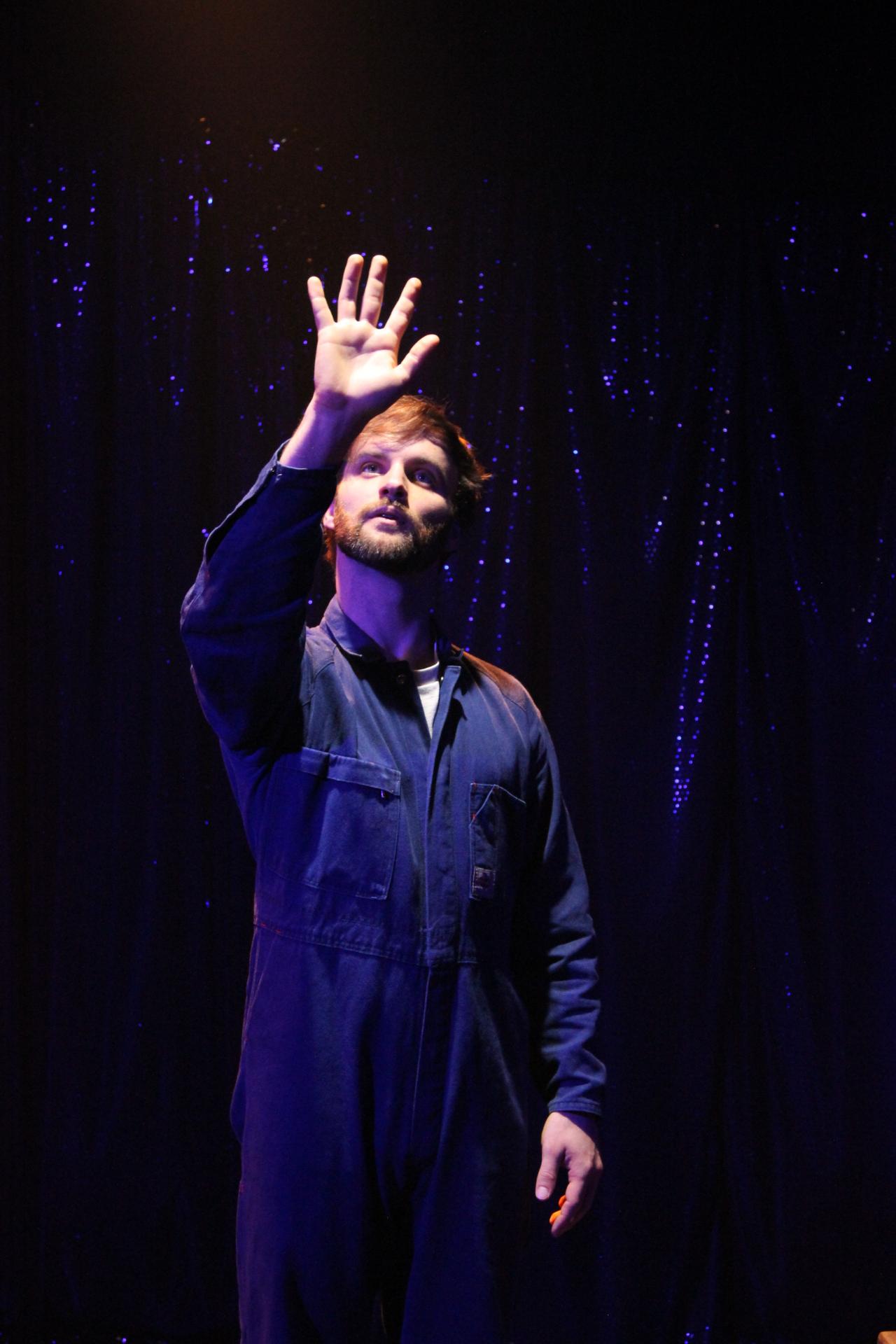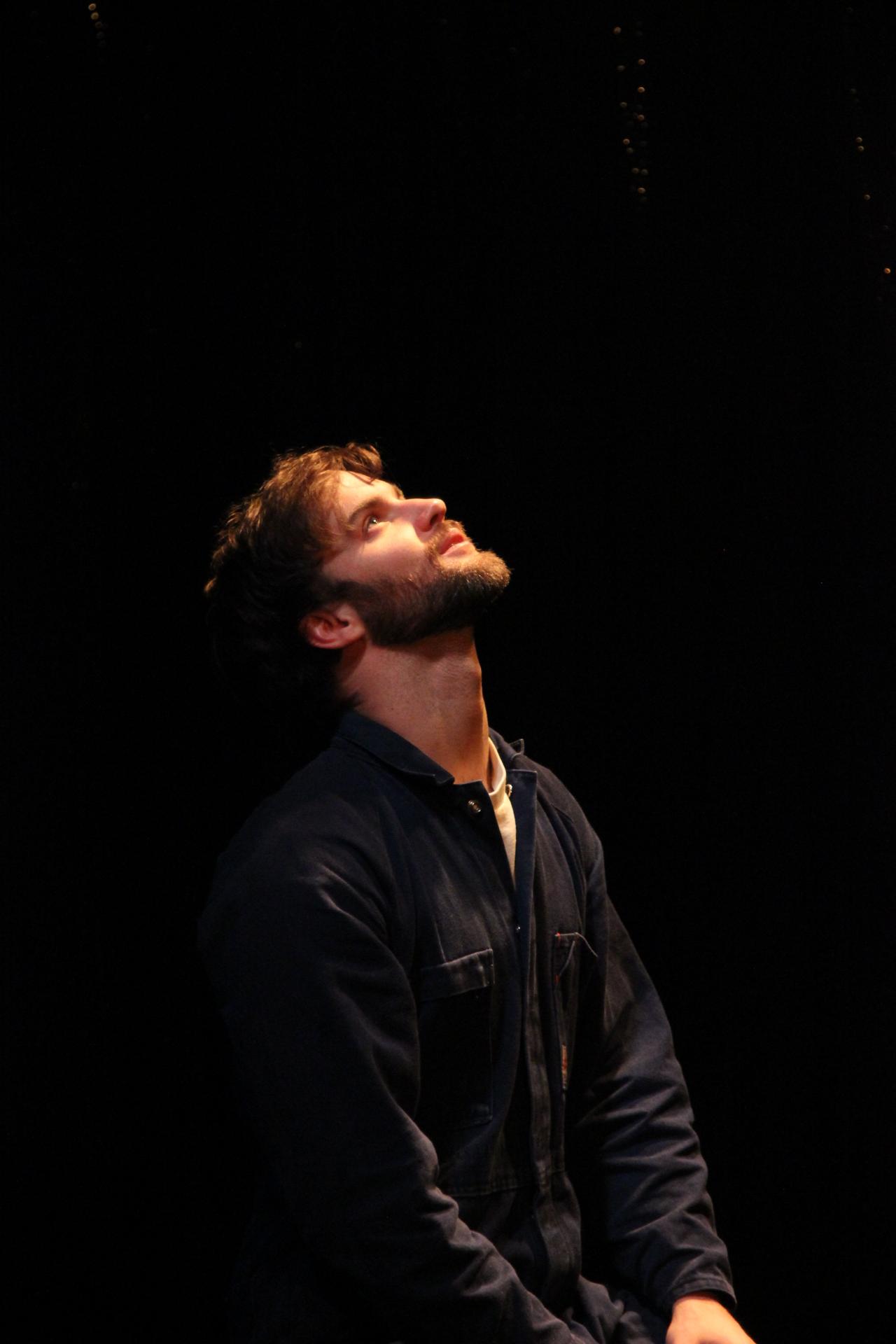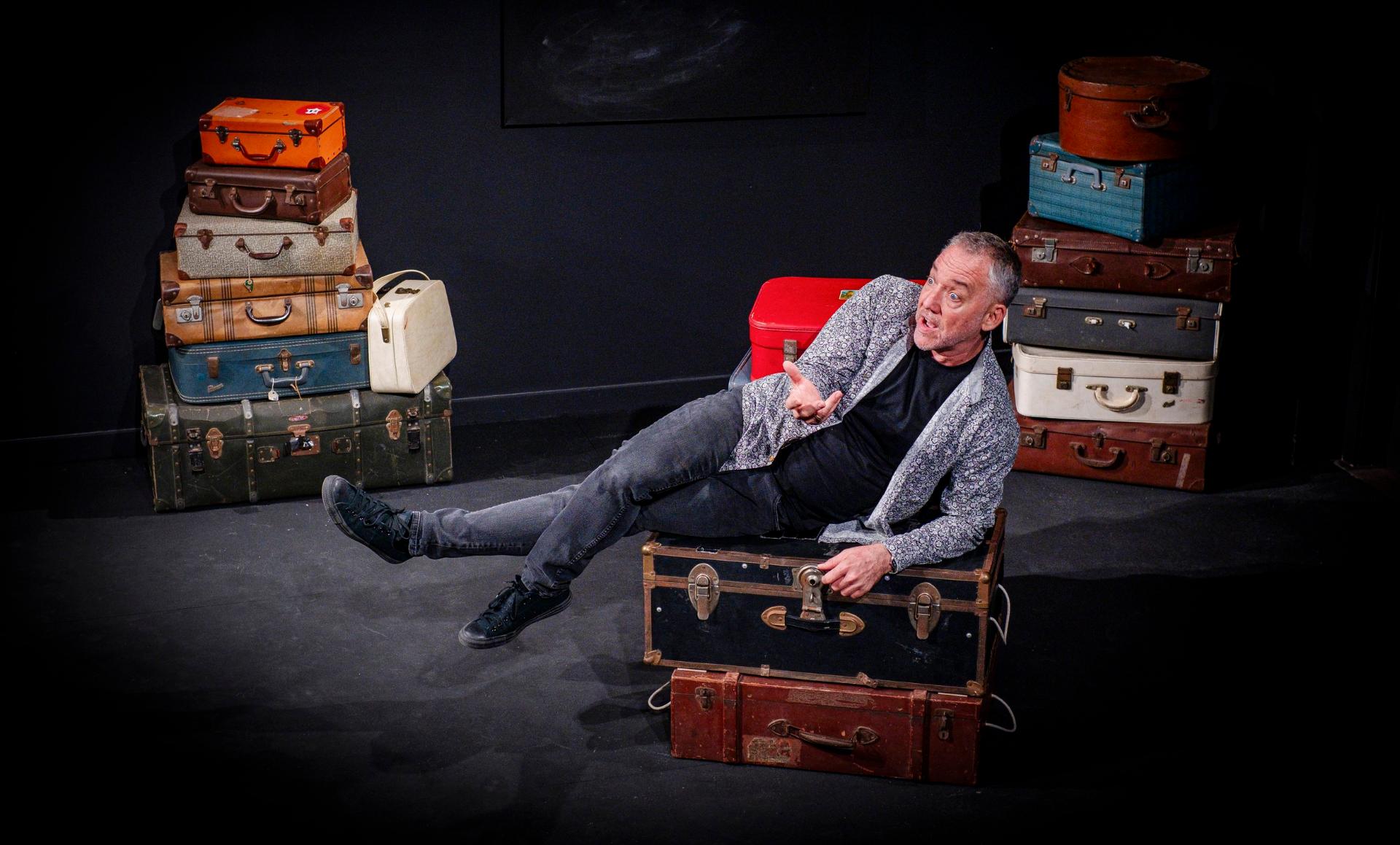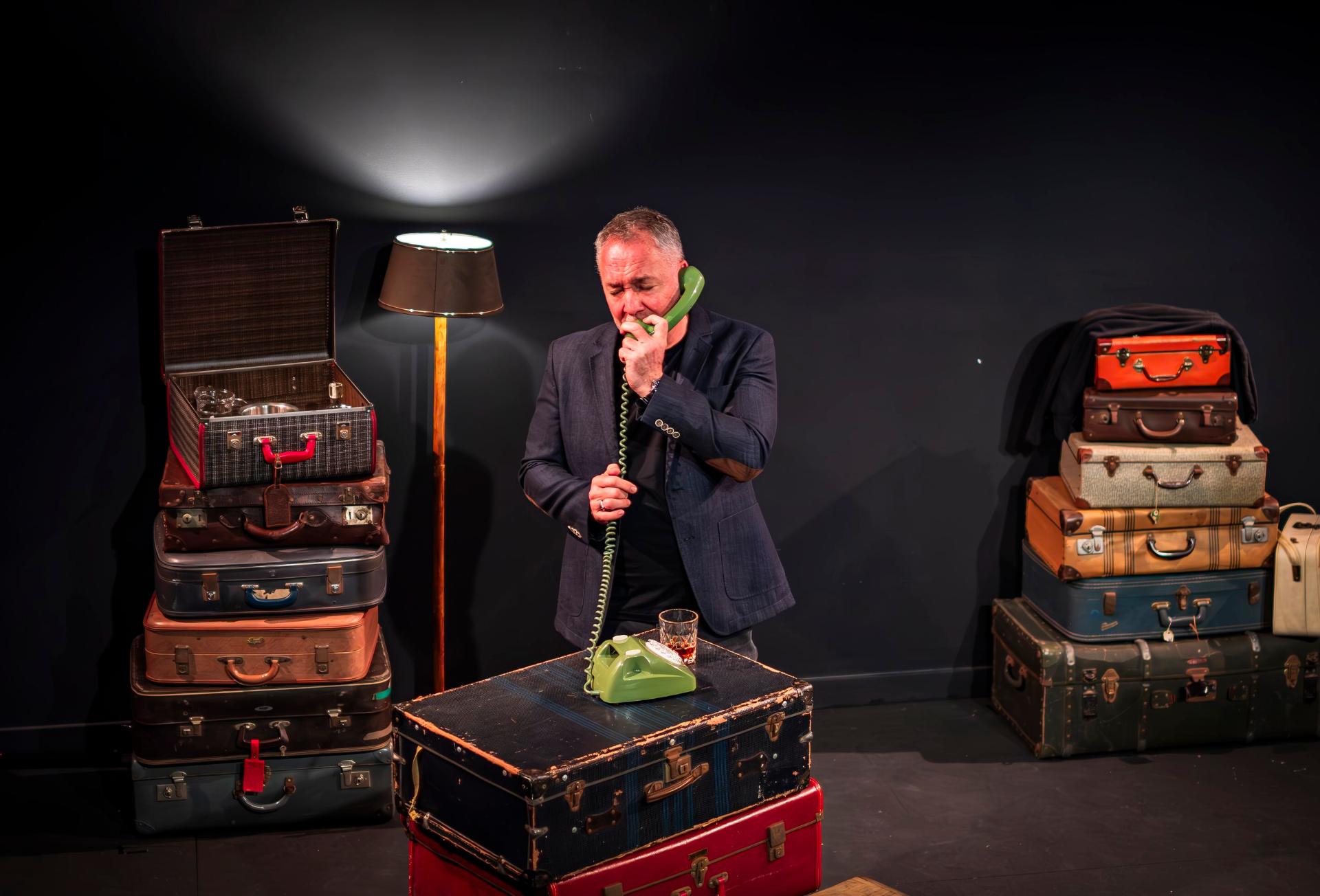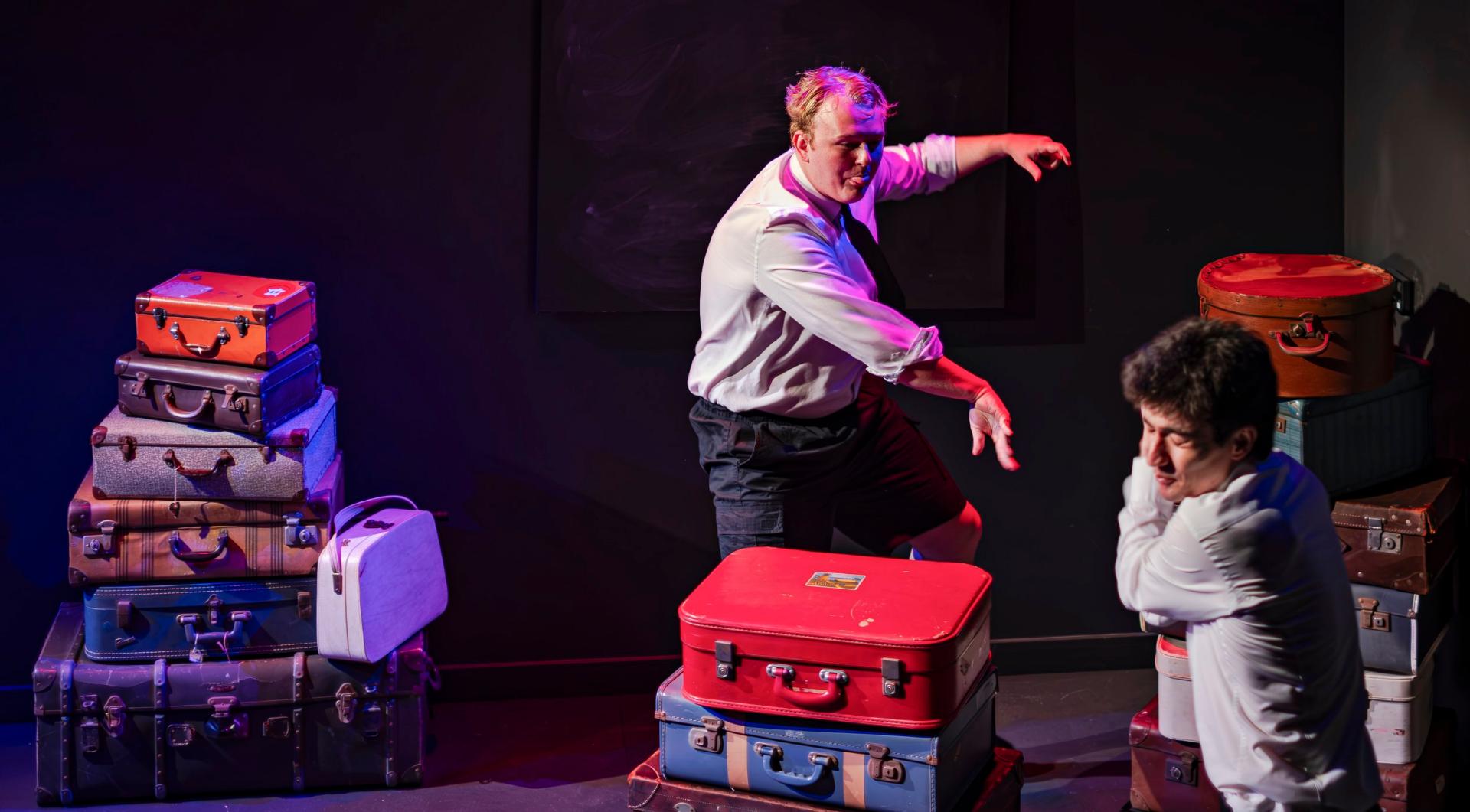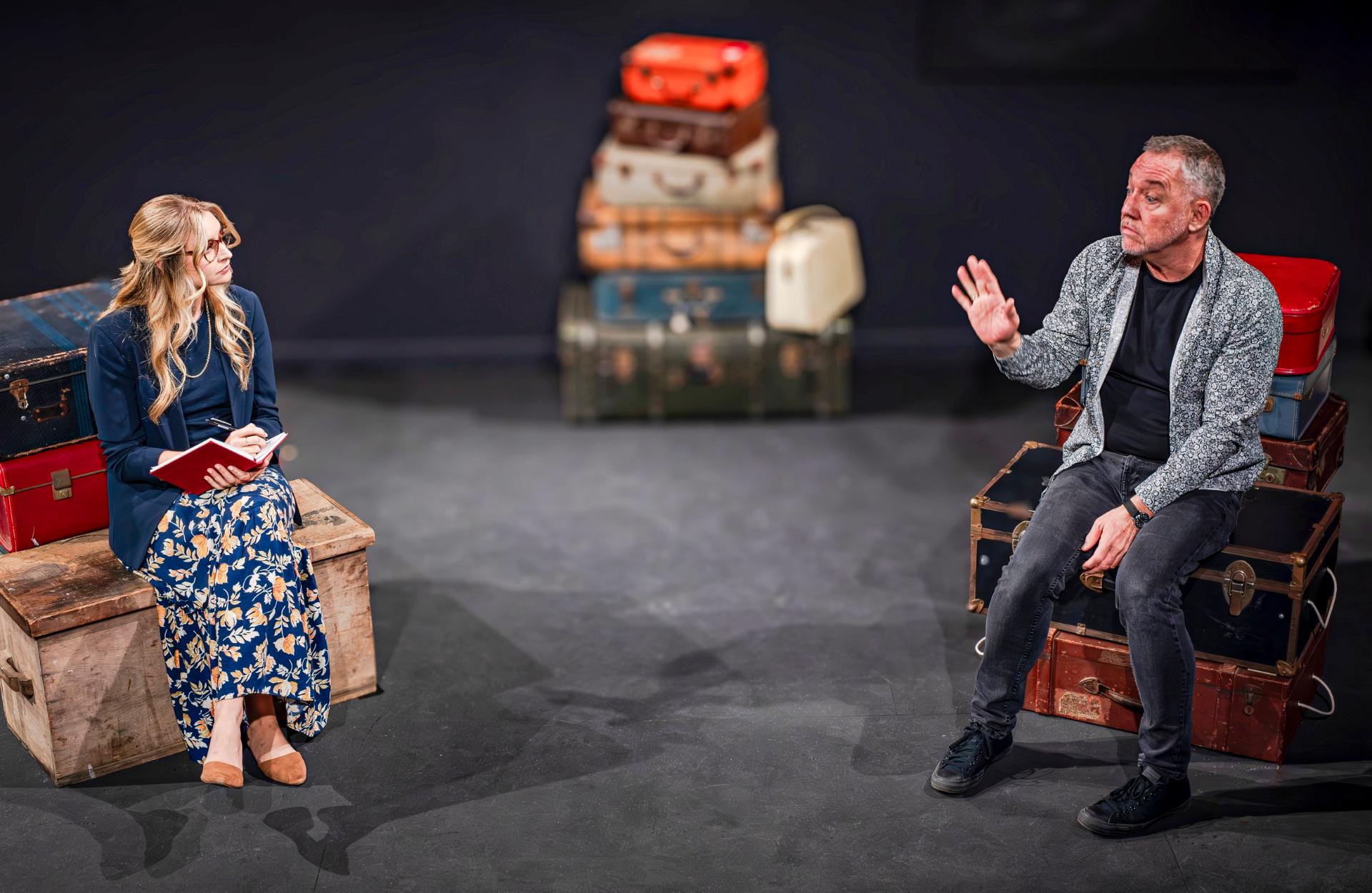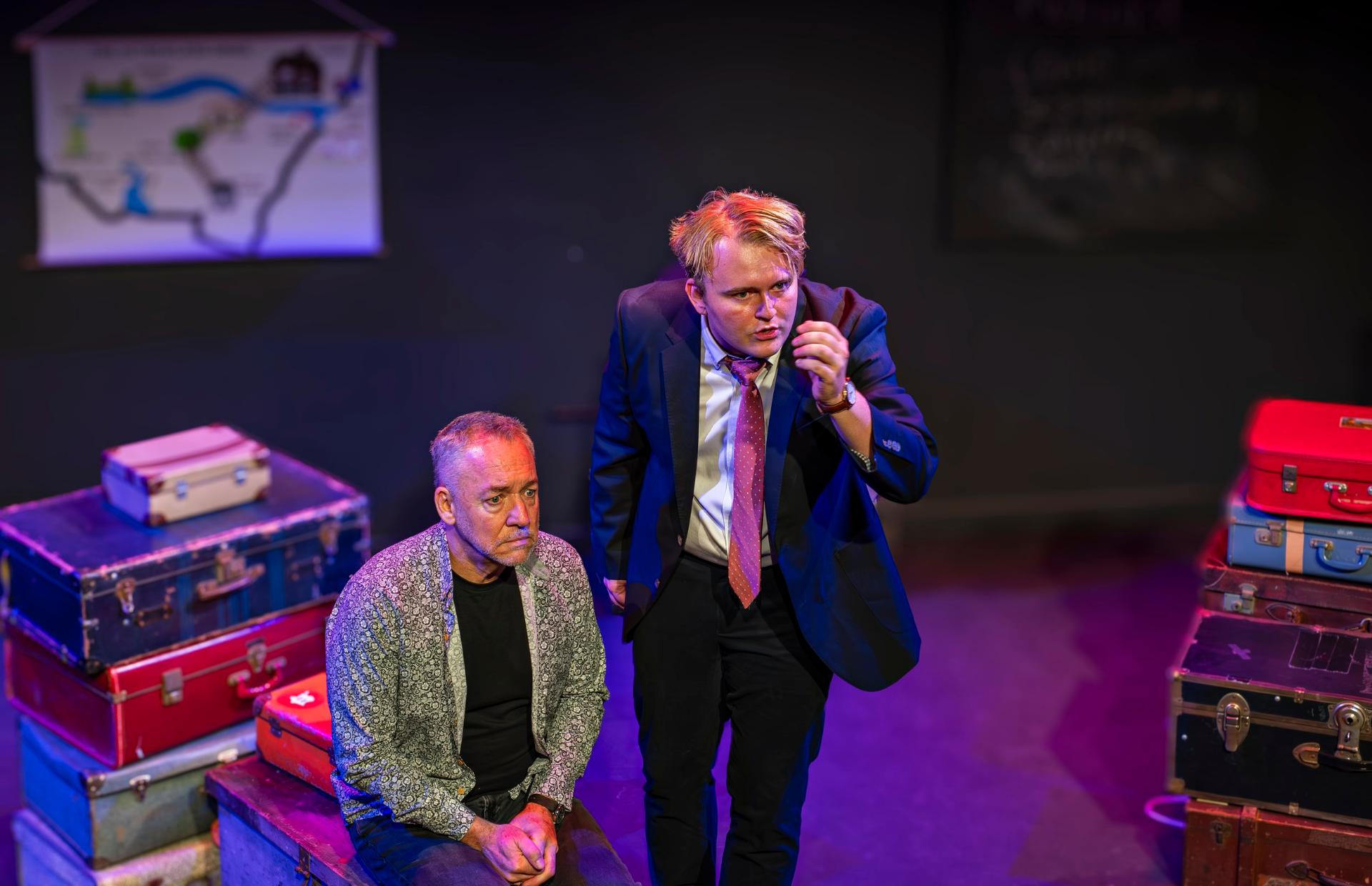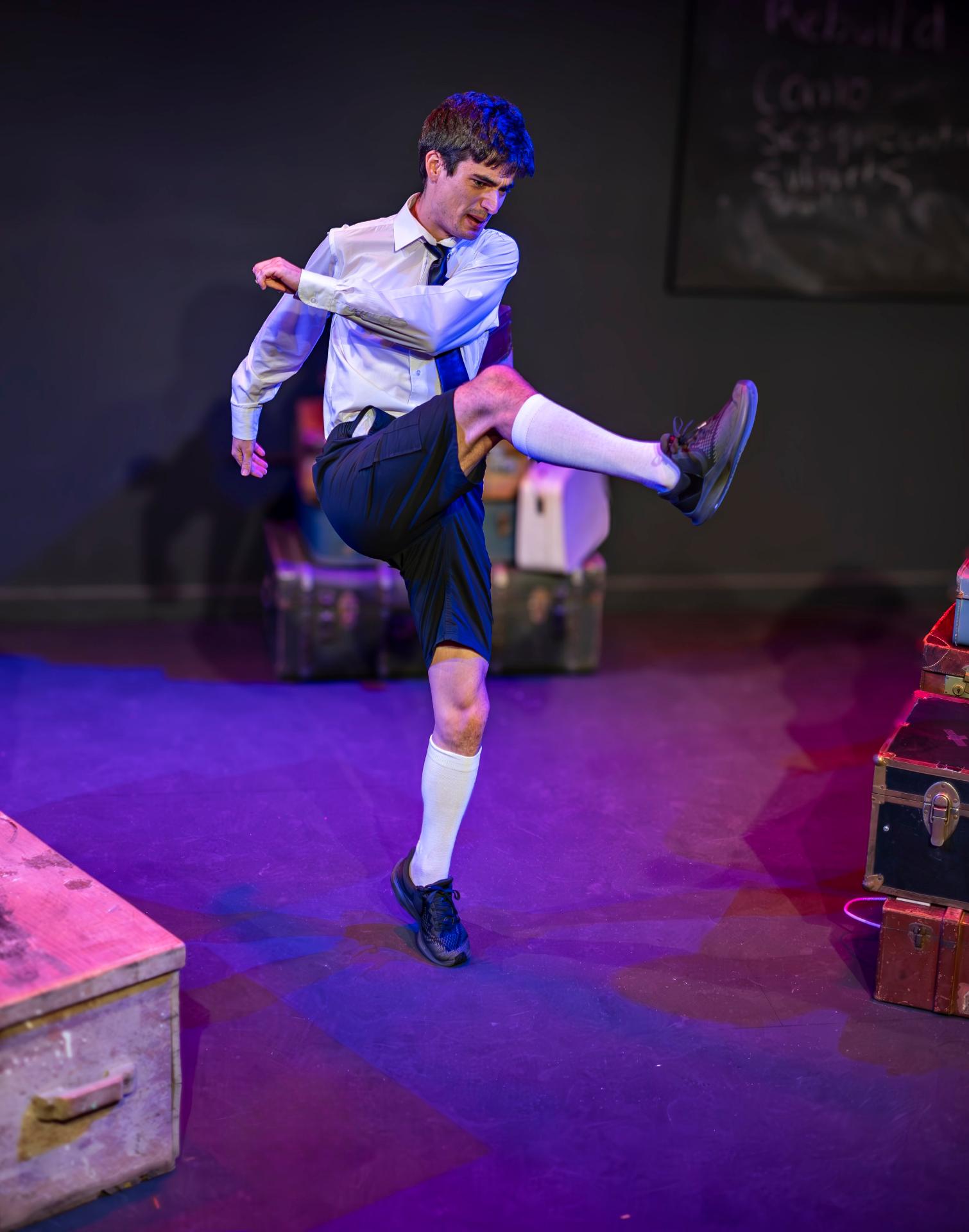










Venue: Seymour Centre, Everest Theatre (Chippendale NSW), May 9 – 25, 2024
Book: Alfred Uhry
Music & Lyrics: Jason Robert Brown
Director: Mark Taylor
Cast: Georgia Barron, Nic Davey-Greene, James Frampton, Ashley Garner, Guillaume Gentil, Genevieve Goldman, Adeline Hunter, James Lee, Sophie Loughran, Noah Missell, James Nation-Ingle, Maverick Newman, Rebecca Ordiz, Aaron Robuck, Quinton Rofail Rich, Montana Sharp, Tarisai Vushe, Liam Wigney
Images by Matthew Chen
Theatre review
It was 1913 in the USA state of Georgia, when Leo Frank was charged with the murder of a young girl. The case remains an important and deplorable example of antisemitism, and over a century later, authorities recommenced investigations, in efforts to clear the name of the wrongfully accused. The musical Parade, by Alfred Uhry and Jason Robert Brown, details that infamous trial. Although appropriately sombre, and containing some eternally useful lessons on human behaviour and injustice, the piece features highly enjoyable songs, that keeps an audience attentive to the meaningful story.
Music direction by Mark Bradley is richly inspiring for this 2024 Australian production, but sound engineering proves a significant deficit, often preventing us from sufficiently connecting with the creative endeavours being carried out. Lights too, keep us wanting. Although imaginatively rendered by Sidney Younger, the show is frequently shadowy and consistently dim, further alienating us from the action. Production design by Harry Gill, although overly muted with its palette, conveys a sense of authenticity, and provides impressive spatial adaptability that helps with engagement of the narrative.
Direction by Mark Taylor, along with choreography by Freya List, delivers a staging that is swiftly paced yet admirably earnest, in this valuable recount of history. Performer Aaron Robuck brings integrity to the portrayal of Frank, and Montana Sharp is especially memorable as wife Lucille, with a vocal brilliance and a dramatic urgency, that encourages our emotional investment. Also noteworthy is Adeline Hunter who is surprisingly convincing as the 14-year-old victim, with a believable innocence that accompanies very strong singing, for her interpretation of a crucial role.
The American Civil War was meant to have ended in 1865, but we see time and time again, that a system built on subjugation of peoples, will keep rearing its ugly head, and make refreshed nemeses of new others. We seem always to work on the liberation of particular communities, but in failing to address the very fascistic tendencies of how we relate to one another, we find ourselves simply creating different enemies and scapegoats. Humans understand peace, but it appears we know it much more as an abstract concept, than as a lived reality.








































































